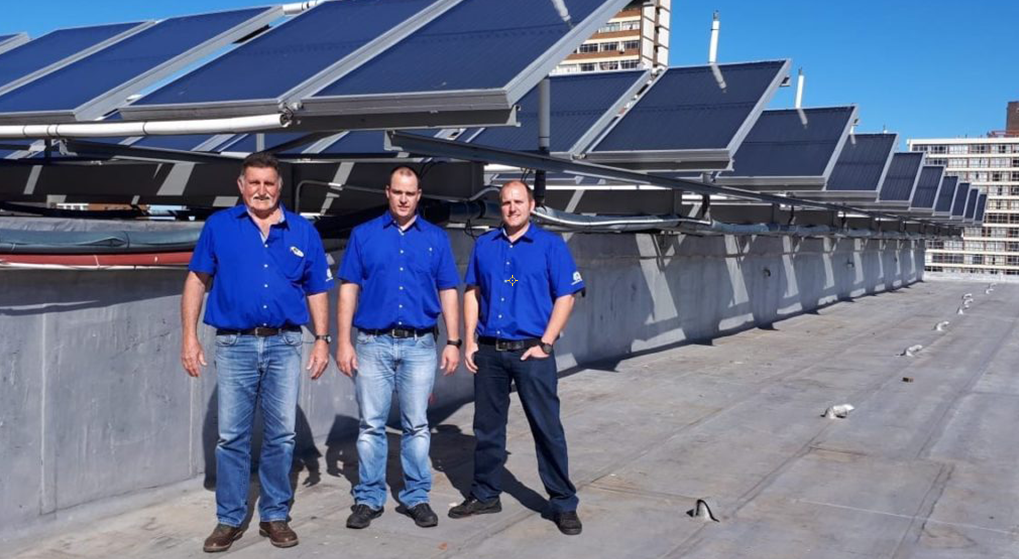Home » Items of Interest
CLICK HERE to have a look at this great Solar flat plate vs PV study.
How to reduce energy costs?
Water heating is generally one of the major energy consumption components in most residential type buildings – typically 40-60% of the total consumption (the percentages vary dependent on the use of air-conditioners, pumps, refrigeration).
“Solar systems” have two major application areas and types:
Conrem Energy’s Thermal solar system equipment, typically consists of the following major components:
Conrem Energy system design essentials
Based on over 30 years experience in the development of Solar systems, the team has determined that certain key issues need to be included in the design in order to achieve the desired savings in electrical energy costs as well as the required pay-back to justify the capital expenditures:
Expected savings from Thermal solar systems:
International studies have shown that flat-plate collector systems, when properly designed can achieve the following savings for a typical +-2m2 flat plate collector: 5.4-11.2 KwH/ day.
The team, over more than 30 years, has observed from both their own and independent data generated from clients, that a typical average of 7.2 KwH/day* per collector saving can be achieved, which is in line with international data for this region on the east coast of South Africa.
*Note that several factors will affect the performance of a system that are not elaborated upon in this overview.
Depending on the price of electricity paid by our clients, this number can be used to determine the expected savings for the system cost. Payback periods typically vary from 2-5 years.
Actual results observed: large building complex


INTERESTING OBSERVATION WHEN HEAT-PUMPS HAVE BEEN REPLACED WITH SOLAR WATER HEATING SYSTEMS
Historical results from installations completed
Case 1: Retirement Home, Beach Front, Durban. Actual data from client
The blue line is the current total electrical consumption using the heat pump. The red line is the electrical consumption after removal of heat pump and installation of solar thermal system. The green columns show daily savings.
Case 2: Family Hotel on the South Coast: Electrical consumption: Before with heat pumps and after a properly engineered solar water heating system installation.
Below is actual data supplied by the client with before and after measurements.

